
Starting June 1st, 2023 Our warehouse fee will be $0.65/cubic foot per month
In effort to lower the warehouse storage fee during inflation, we have went narrow aisle racking.This construction took us four months but the project is finally completed. With narrow aisle racking, we are able to drop storage by 24%.We as partners will go through this inflation together.
09/29/2025
The Supply Chain Ecosystem has become the decisive factor separating companies that thrive from those that struggle in today’s volatile global economy. Businesses face rising pressure from unpredictable disruptions, sustainability demands, and the urgent need for digital transformation. Without a resilient and well-structured ecosystem, organizations risk losing visibility, efficiency, and competitive advantage. This article explores what a Supply Chain Ecosystem is, why it matters, the challenges it solves, the key components to build one, and the future trends that will shape its evolution.
A Supply Chain Ecosystem is an interconnected network of businesses, partners, technologies, and processes that collaborate to move products from suppliers to end customers. It goes beyond the traditional linear supply chain by enabling real-time data sharing, adaptability, and stronger collaboration across all participants.
Within this ecosystem, suppliers, manufacturers, logistics providers, distributors, and retailers work together through digital tools such as AI, blockchain, and IoT. This connectivity ensures seamless information flow and allows the ecosystem to respond quickly to market shifts, customer demands, and unexpected disruptions.
The strength of a supply ecosystem lies in its synergy. Each entity contributes unique capabilities, yet the combined value of the ecosystem far exceeds the sum of its individual parts. This model creates resilience, improves efficiency, and embeds sustainability and customer-centricity into the supply chain’s foundation.
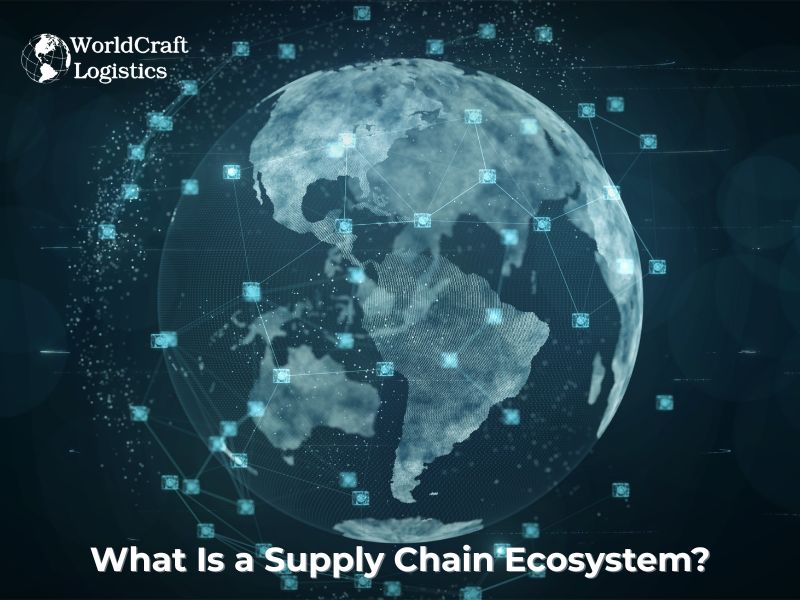
Read now articles you may be interested in:
A strong Supply Chain Ecosystem is more than an operational framework; it is a source of competitive advantage. Companies that build connected ecosystems gain superior visibility, faster response times, and the agility to adapt in uncertain markets.
Strategic collaboration among suppliers, manufacturers, and logistics partners creates efficiencies that individual players cannot achieve alone. This integration reduces costs, improves lead times, and enhances customer satisfaction.
Modern ecosystems also enable continuous innovation. By leveraging shared data and advanced technologies, businesses can develop new solutions, strengthen resilience, and differentiate themselves from competitors that still rely on linear supply chain models.
A traditional supply chain follows a linear model, where goods move step by step from suppliers to manufacturers, distributors, retailers, and finally to customers. Each stage operates in relative isolation, with limited data sharing and minimal collaboration across partners. This approach often results in inefficiencies, slower response times, and higher vulnerability to disruptions.
In contrast, a modern Supply Chain Ecosystem operates as an interconnected network. Stakeholders share information in real time, supported by technologies like AI, IoT, and blockchain. This structure fosters adaptability, resilience, and innovation, enabling companies to respond quickly to market shifts, supply shortages, and changing customer demands.
The shift from linear chains to ecosystems marks a strategic evolution. Businesses no longer compete as single entities; they compete as ecosystems, where collaboration and visibility drive long-term competitive advantage.
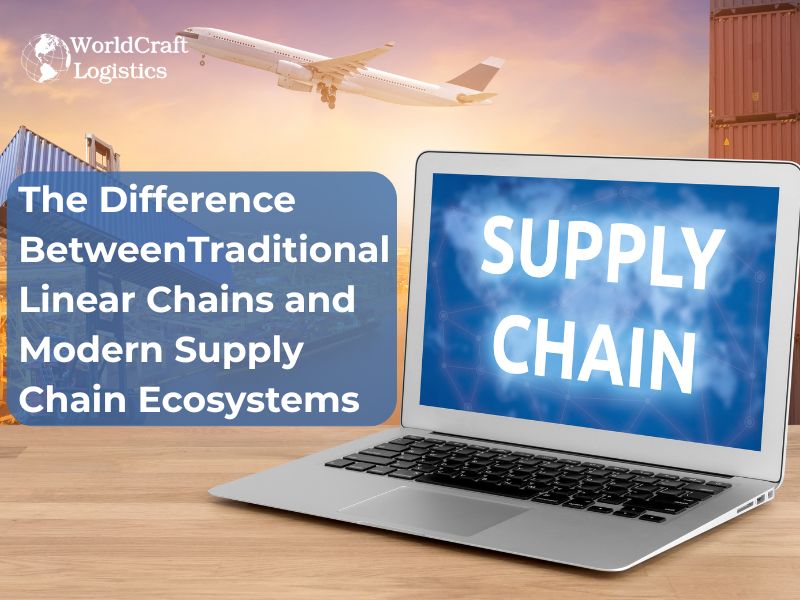
Today’s global economy is shaped by disruption, from geopolitical shifts to supply shortages and rising customer expectations. A well-structured Supply Chain Ecosystem helps businesses navigate these challenges with agility and resilience.
Digital connectivity enables real-time visibility, allowing companies to anticipate risks and adapt before disruptions escalate. Sustainability initiatives, supported by ecosystem-wide collaboration, address growing regulatory and consumer demands for responsible practices.
By integrating technology, partnerships, and data-driven decision-making, supply chain ecosystems empower organizations to stay competitive, reduce vulnerabilities, and deliver consistent value to customers worldwide.
Topics to learn to improve your business model:
A successful Supply Chain Ecosystem is built on several core components that ensure efficiency, resilience, and long-term value creation.
1. Strategic Partnerships
Suppliers, manufacturers, logistics providers, distributors, and retailers form the backbone of the ecosystem. Their collaboration enables seamless product movement and stronger customer experiences.
2. Digital Connectivity
Technologies such as AI, IoT, and blockchain create a digital supply chain ecosystem with real-time visibility and data sharing. This transparency supports faster decisions and minimizes disruptions.
3. Sustainability and Ethics
Modern ecosystems embed sustainability into sourcing, production, and logistics. Ethical practices and environmental responsibility strengthen brand trust and align with regulatory requirements.
4. Agility and Resilience
An effective supply ecosystem adapts quickly to market shifts, crises, and global disruptions. Flexibility ensures operations remain stable while maintaining service levels.
5. Governance and Measurement
Clear frameworks, KPIs, and performance metrics align goals across all partners. This structure ensures accountability and continuous improvement within the ecosystem.
Creating a Supply Chain Ecosystem requires a structured approach that blends strategy, collaboration, and technology. The following steps provide a framework for building an ecosystem that is agile, resilient, and customer-focused.
Begin with a clear evaluation of existing processes, technologies, and partner relationships. Identifying gaps in visibility, efficiency, or collaboration sets the foundation for ecosystem development.
Suppliers, manufacturers, logistics providers, distributors, and retailers must all play an active role. Early engagement ensures alignment and commitment to shared objectives.
Adopting AI, IoT, and blockchain enhances transparency and creates a digital supply chain ecosystem. These tools enable real-time data sharing, predictive insights, and faster decision-making.
Embedding sustainability in sourcing, production, and logistics strengthens resilience and supports compliance with environmental and social regulations.
Design processes that can adapt to disruption. Flexible networks, diversified sourcing, and collaborative problem-solving make the ecosystem stronger in uncertain markets.
Performance metrics and clear governance frameworks ensure accountability across the ecosystem. Continuous monitoring drives improvement and maintains competitive advantage.
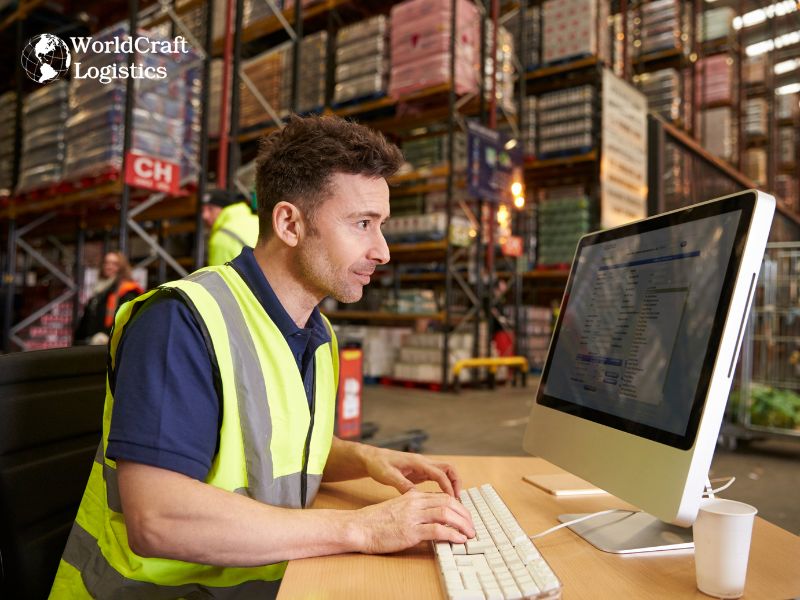
The future of the Supply Chain Ecosystem will be defined by technology, sustainability, and global collaboration. Organizations that anticipate these shifts will stay ahead of competitors.
1. Advanced Digitalization
AI, IoT, and blockchain are transforming supply chain ecosystems into predictive, self-learning networks. Real-time insights allow companies to anticipate risks and optimize operations.
2. Sustainable and Circular Models
Sustainability is moving from optional to essential. Ecosystems will prioritize renewable resources, circular supply chains, and ethical practices to meet both regulatory and consumer expectations.
3. Global Connectivity
Cross-border trade and digital platforms are creating more integrated, global supply chain ecosystems. This trend enables companies to reach new markets while managing risks in volatile environments.
4. Resilience as a Differentiator
Disruption is now the norm. Future ecosystems will emphasize resilience and agility, making adaptability a core competitive advantage.
Building a Supply Chain Ecosystem requires more than technology; it demands strategy, collaboration, and cultural alignment. The process starts with assessing current supply chain capabilities and identifying gaps in visibility, agility, or resilience.
Organizations then need to engage key stakeholders, suppliers, logistics providers, and technology partners ensuring that every participant contributes unique value to the network. Integrating digital supply chain ecosystem tools such as AI, IoT, and blockchain enables seamless data flow, predictive insights, and stronger collaboration.
Sustainability must also be a priority. Embedding ethical sourcing, circular practices, and transparent reporting strengthens trust while meeting regulatory and customer expectations. Finally, success depends on measurement: setting clear KPIs and monitoring performance across the entire ecosystem ensures continuous improvement and adaptability.
When implemented effectively, a supply ecosystem becomes more than an operational framework; it transforms into a competitive advantage that drives efficiency, resilience, and long-term growth.
At Worldcraft Logistics, we specialize in creating connected, resilient, and technology-driven Supply Chain Ecosystems that give your business a competitive edge. Our team integrates global logistics expertise with advanced digital solutions, ensuring real-time visibility, smooth collaboration among stakeholders, and the agility to adapt to market shifts.
Whether you need end-to-end freight forwarding, warehousing, distribution, or technology integration, Worldcraft Logistics provides the framework and partnerships to make your ecosystem seamless. By prioritizing sustainability, accuracy, and efficiency, we help businesses reduce risk, improve performance, and unlock long-term growth. Partner with us to transform your supply chain into a strategic ecosystem built for the future. >>> CONTACT US
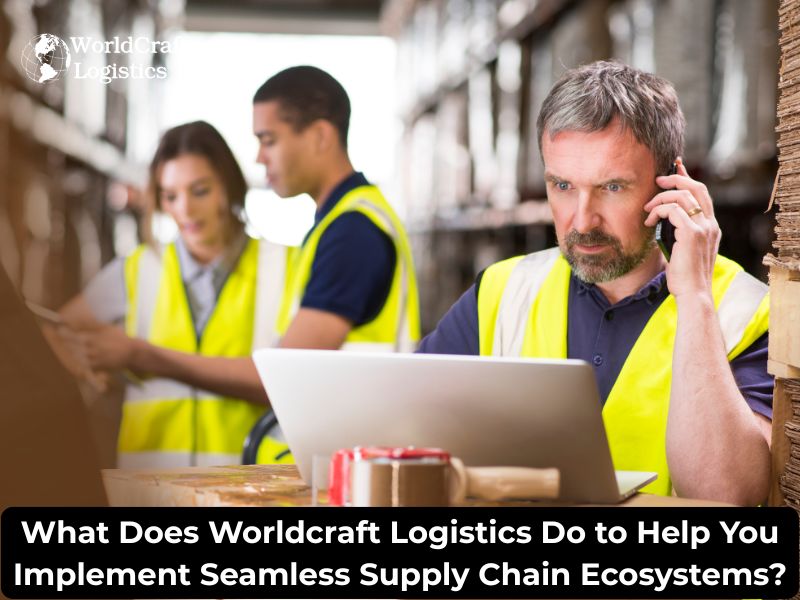
The modern business landscape demands more than a linear supply chain. A Supply Chain Ecosystem brings together suppliers, logistics providers, technology partners, and customers into a unified, collaborative network. By adopting this model, companies gain agility, visibility, and resilience qualities that safeguard operations against disruption while driving long-term growth.
Whether through a digital supply chain ecosystem powered by real-time data or a global supply chain ecosystem that diversifies risk, the ecosystem approach ensures sustainability, innovation, and customer-centricity remain at the core. Organizations that invest in building and strengthening their supply chain ecosystems today position themselves to lead in tomorrow’s highly competitive marketplace. Thank you for reading Worldcraft Logistics' contribution!
SEO
Digital Marketing/SEO Specialist
Simon Mang is an SEO and Digital Marketing expert at Wordcraft Logistics. With many years of experience in the field of digital marketing, he has shaped and built strategies to effectively promote Wordcraft Logistics' online presence. With a deep understanding of the logistics industry, I have shared more than 300 specialized articles on many different topics.
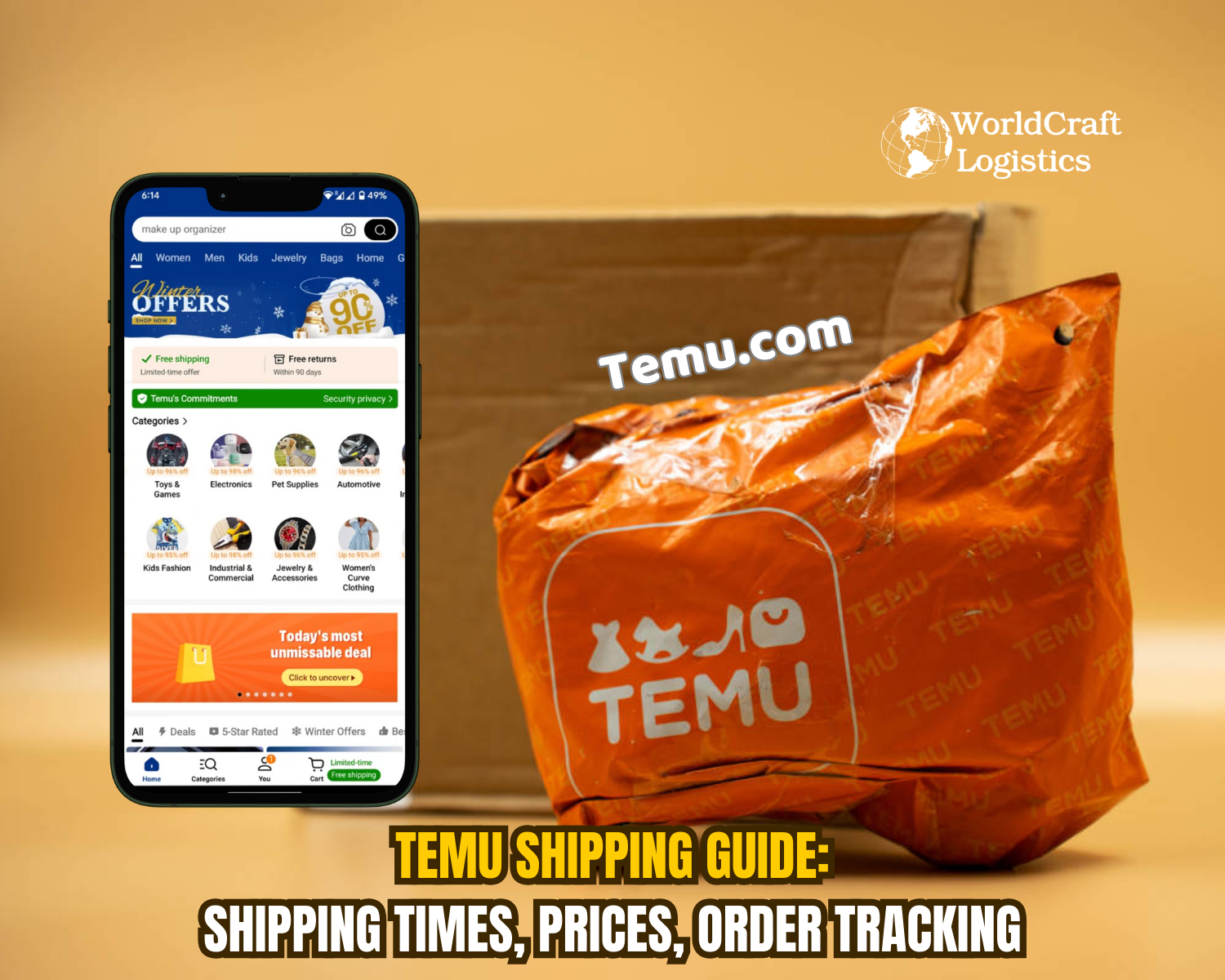
Education
01/05/2025
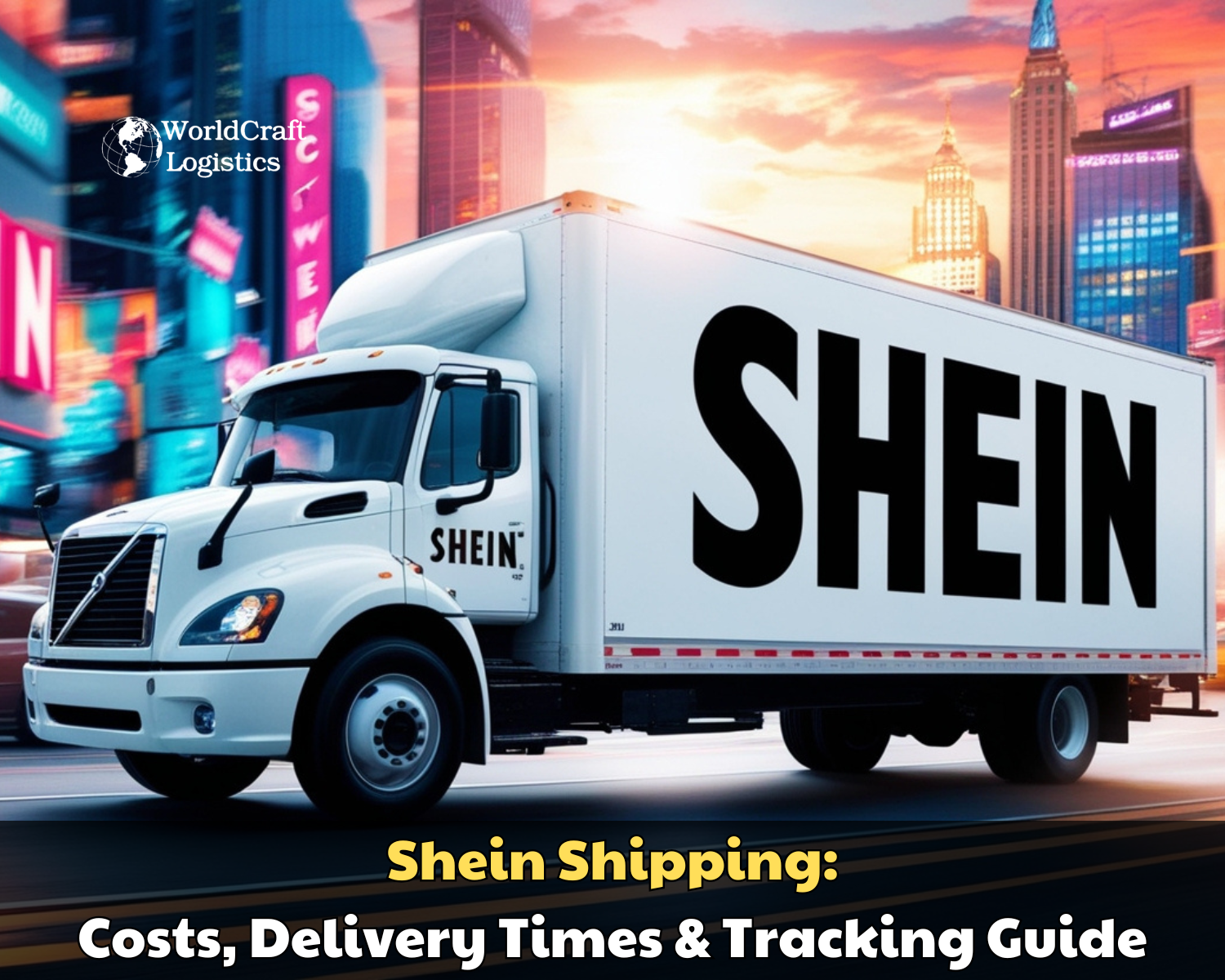
Education
02/18/2025
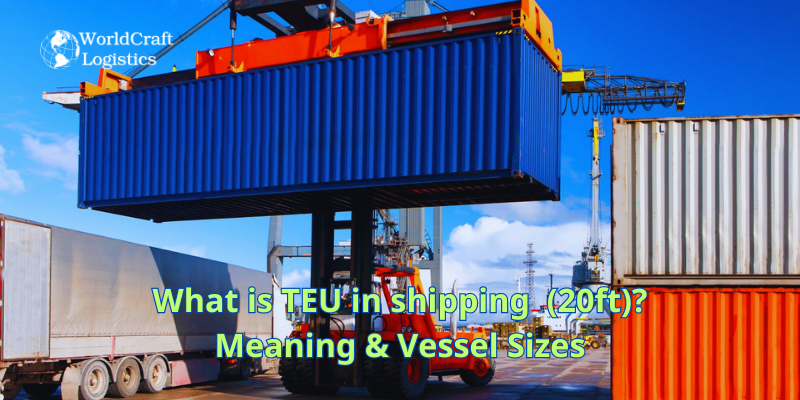
Education
01/01/2024
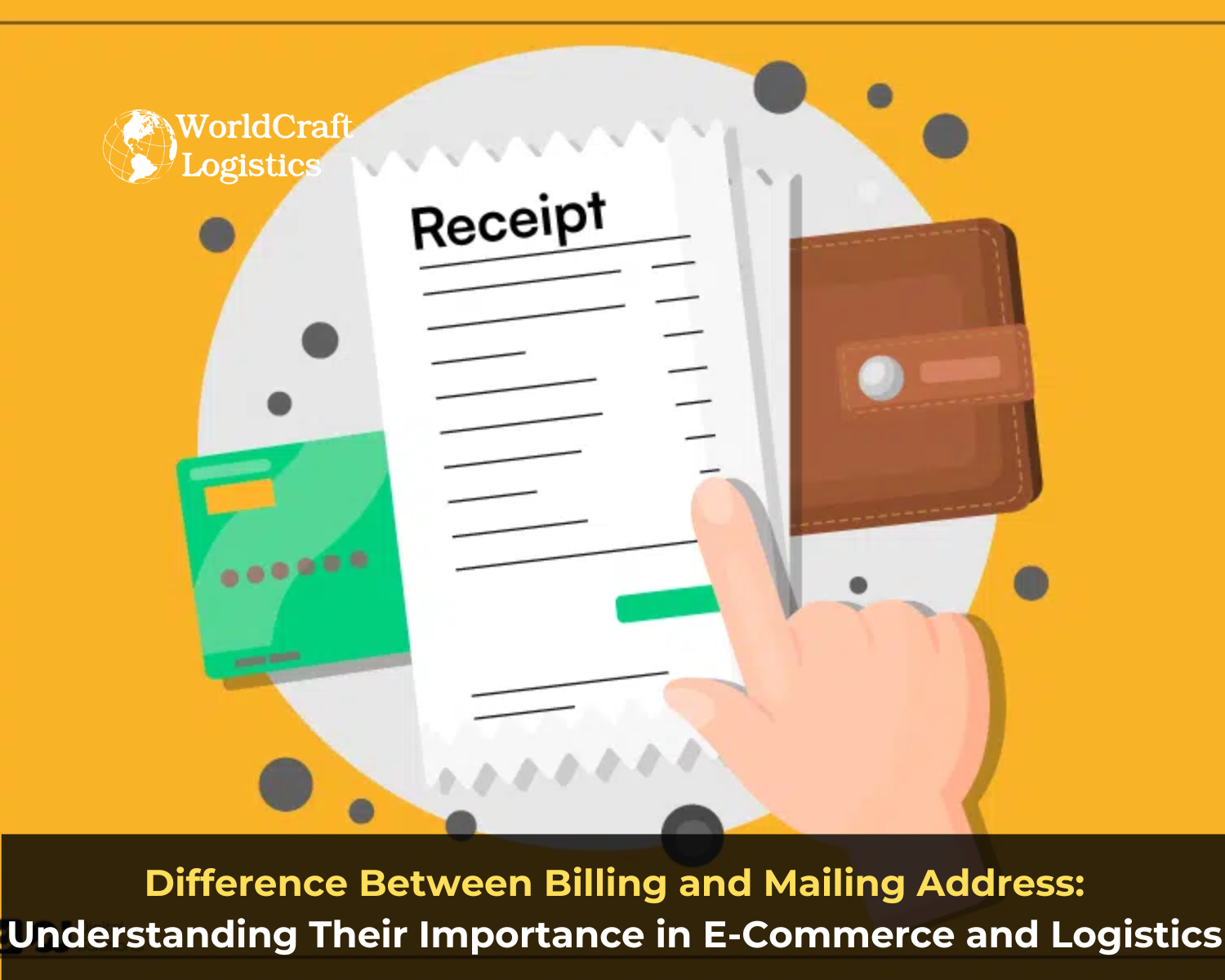
Education
08/28/2024

Education
11/13/2023